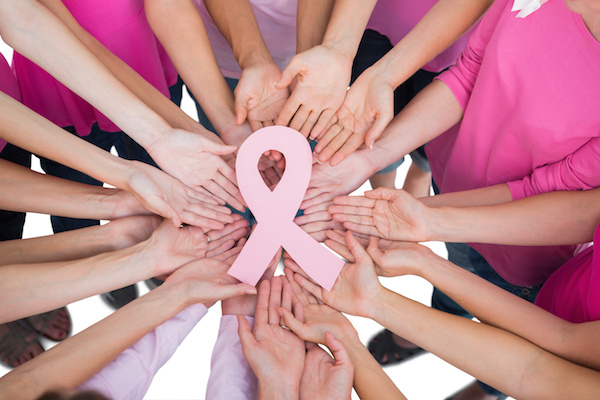
MONDAY, April 19 (HealthDay News) — Can indoor tanning be addictive?
According to new research, the answer is “yes,” with a proportion of people who repeatedly bask under sun lamps meeting standard criteria for addiction, while also reporting higher levels of anxiety and substance use.
And if this really is the case, addiction treatments might actually help prevent skin cancer, experts say.
“If, for some people, tanning is a way to cope with emotions, then there are obviously healthier ways to do so than going to tanning salons every week,” said study co-author Catherine E. Mosher, a postdoctoral research fellow in department of psychiatry and behavioral sciences at Memorial Sloan-Kettering Cancer Center, New York City. “Counseling could be a logical intervention for these people who have excessive visits to tanning salons.”
She and co-author Sharon Danoff-Burg, of the University at Albany, State University of New York, published the findings in the April issue of the Archives of Dermatology.
Skin cancer is the most common malignancy, accounting for about half of all human cancers, Mosher said, and about 90 percent of all skin cancers are due to ultraviolet (UV) radiation. The disease can be disfiguring and sometimes fatal.
The risks of indoor tanning are concerning enough that U.S. health advisors in March recommended a potential ban — or at least stronger label warnings — on the use of tanning beds by people under the age of 18.
While other studies have also reported an addictive potential in tanning, none have focused specifically on indoor tanning, as this study does.
As part of their research, the study authors modified two standard measures of addiction to fit the context. Then, 421 students at SUNY Albany were asked to fill out questionnaires about their indoor tanning habits, substance use and any anxiety or depression they may have experienced.
Questions addressed such issues as whether the person had unsuccessfully tried to cut down on their indoor tanning sessions, irritation when people suggested they stop, guilt about the behavior and whether or not they thought about indoor tanning excessively.
Thirty percent to 40 percent of students met one of the two addiction criteria used here.
These same participants had about twice the level of anxiety and reported more use of alcohol, marijuana and other illicit substances than non-addicted tanners.
Those considered addicted to tanning lay in tanning beds up to 100 times a year, Mosher said. That’s hardly as many times as a crack cocaine addict is likely to light a pipe but, she pointed out, addiction is not just about how often you engage in the behavior.
“It’s what degree is this causing impairment or creating feelings of guilt, and also engaging in a behavior despite known risks,” Mosher explained.
All of the individuals addicted to tanning in this study acknowledged that they knew the health risks of the habit, she added.
Why would indoor tanning turn into an addiction for some?
One theory has it that exposure to UV radiation increases the activity of the body’s natural opioids, which can reinforce the behavior. “There’s mixed scientific support for that theory,” Mosher said.
“There’s also the coping perspective,” she noted. “There is some growing evidence now that people use tanning as a way to cope with stressors, as way to increase positive mood, decrease negative moods, cope with environmental demands. In that way it’s similar to other addictive behaviors.”
Representatives of the indoor tanning industry were not convinced by the results, however.
“This study ignores a few key facts,” the Indoor Tanning Association said in a statement. “Ultraviolet light is absolutely essential for human survival. Without ultraviolet light a human being will die, and typically addictions do not fall into this category.”
The association added that, “this study does not show that indoor tanning leads to an addiction, rather it suggests that some people, who show addictive tendencies, may also tan more than they should. We would recommend against excessive tanning.”
And one expert on addictions agreed that the jury was still out on whether tanning might fall into that category.
“The hallmark of [addiction] is that people lose control over use of the substance which is manifested by using way more than you plan to use, spending much more time than they usually will spend on using the substance [and] neglecting their jobs, their families despite knowing that the use is going to hurt them,” said Dr. Ihsan Salloum, chief of the division of drug and alcohol abuse treatment and research at the University of Miami Miller School of Medicine.
“It’s an interesting idea,” he said, “but I wasn’t convinced that the questions really were modified to the point where you could find out whether people really lost control.”
More information
There’s more on skin cancer at the American Academy of Dermatology.

